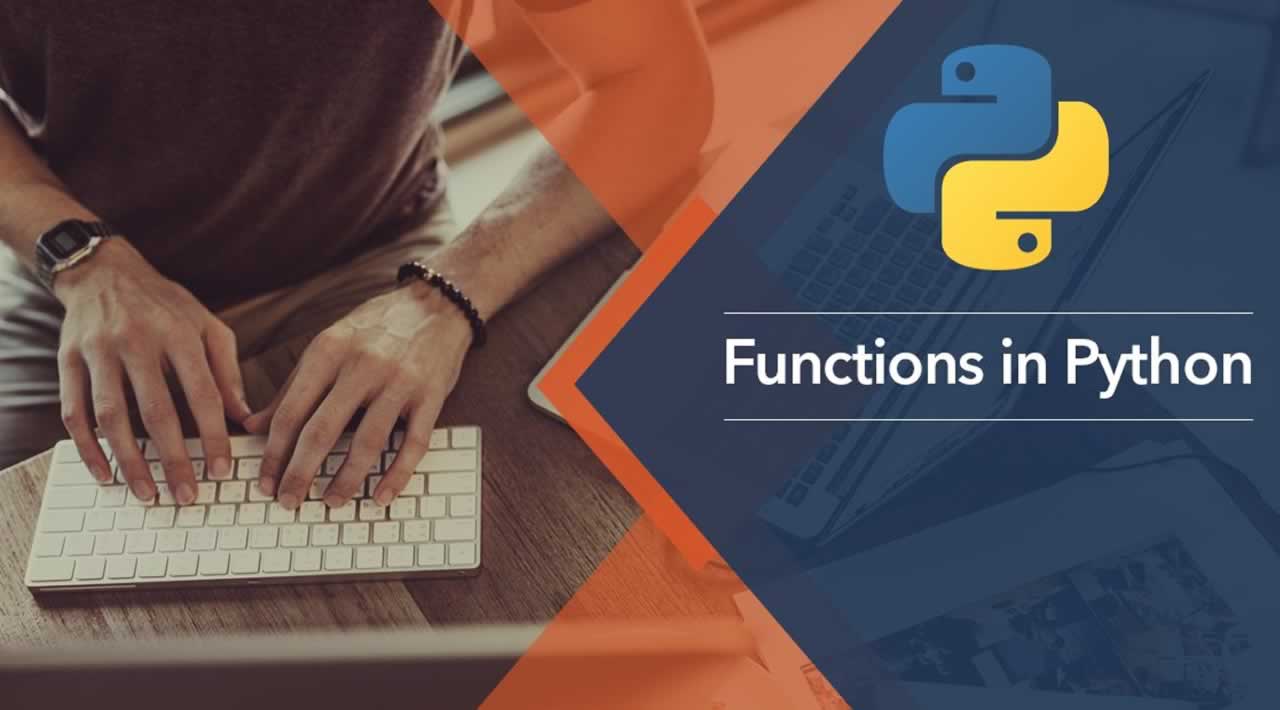Python Functions for Beginners: A Comprehensive Guide
Learn everything you need to know about Python functions in this comprehensive guide. Master Python functions, a powerful tool for writing efficient, reusable, and organized code. This comprehensive guide covers everything you need to know, from the basics to advanced topics like function arguments, decorators, and recursion.
In this article, the goal is to get you the expertise required to get started and work with functions using Python. Learning to use the functions in Python in the right way is a notable skill for any Python Developer
A function is a set of statements that take inputs, do some specific computation and produces output. The idea is to put some commonly or repeatedly done task together and make a function, so that instead of writing the same code again and again for different inputs, we can call the function.
Python provides built-in functions like print(), etc. but we can also create your own functions. These functions are called user-defined functions.
# A simple Python function to check
# whether x is even or odd
def evenOdd( x ):
if (x % 2 == 0):
print "even"
else:
print "odd"
# Driver code
evenOdd(2)
evenOdd(3)
Output:
even
odd
Pass by Reference or pass by value?
One important thing to note is, in Python every variable name is a reference. When we pass a variable to a function, a new reference to the object is created. Parameter passing in Python is same as reference passing in Java.
# Here x is a new reference to same list lst
def myFun(x):
x[0] = 20
# Driver Code (Note that lst is modified
# after function call.
lst = [10, 11, 12, 13, 14, 15]
myFun(lst);
print(lst)
Output:
[20, 11, 12, 13, 14, 15]
When we pass a reference and change the received reference to something else, the connection between passed and received parameter is broken. For example, consider below program.
def myFun(x):
# After below line link of x with previous
# object gets broken. A new object is assigned
# to x.
x = [20, 30, 40]
# Driver Code (Note that lst is not modified
# after function call.
lst = [10, 11, 12, 13, 14, 15]
myFun(lst);
print(lst)
Output:
[10, 11, 12, 13, 14, 15]
Another example to demonstrate that reference link is broken if we assign a new value (inside the function).
def myFun(x):
# After below line link of x with previous
# object gets broken. A new object is assigned
# to x.
x = 20
# Driver Code (Note that lst is not modified
# after function call.
x = 10
myFun(x);
print(x)
Output:
10
Exercise: Try to guess the output of following code.
def swap(x, y):
temp = x;
x = y;
y = temp;
# Driver code
x = 2
y = 3
swap(x, y)
print(x)
print(y)
Output:
2
3
Default arguments:
A default argument is a parameter that assumes a default value if a value is not provided in the function call for that argument.The following example illustrates Default arguments.
# Python program to demonstrate
# default arguments
def myFun(x, y=50):
print("x: ", x)
print("y: ", y)
# Driver code (We call myFun() with only
# argument)
myFun(10)
Output:
('x: ', 10)
('y: ', 50)
Like C++ default arguments, any number of arguments in a function can have a default value. But once we have a default argument, all the arguments to its right must also have default values.
Keyword arguments:
The idea is to allow caller to specify argument name with values so that caller does not need to remember order of parameters.
# Python program to demonstrate Keyword Arguments
def student(firstname, lastname):
print(firstname, lastname)
# Keyword arguments
student(firstname ='Geeks', lastname ='Practice')
student(lastname ='Practice', firstname ='Geeks')
Output:
('Geeks', 'Practice')
('Geeks', 'Practice')
Variable length arguments:
We can have both normal and keyword variable number of arguments. Please see this for details.
# Python program to illustrate
# *args for variable number of arguments
def myFun(*argv):
for arg in argv:
print (arg)
myFun('Hello', 'Welcome', 'to', 'GeeksforGeeks')
Output:
Hello
Welcome
to
GeeksforGeeks
# Python program to illustrate
# *kargs for variable number of keyword arguments
def myFun(**kwargs):
for key, value in kwargs.items():
print ("%s == %s" %(key, value))
# Driver code
myFun(first ='Geeks', mid ='for', last='Geeks')
Output:
last == Geeks
mid == for
first == Geeks
Anonymous functions: In Python, anonymous function means that a function is without a name. As we already know that def keyword is used to define the normal functions and the lambda keyword is used to create anonymous functions. Please see this for details.
# Python code to illustrate cube of a number
# using labmda function
cube = lambda x: x*x*x
print(cube(7))
Output:
343
#python
